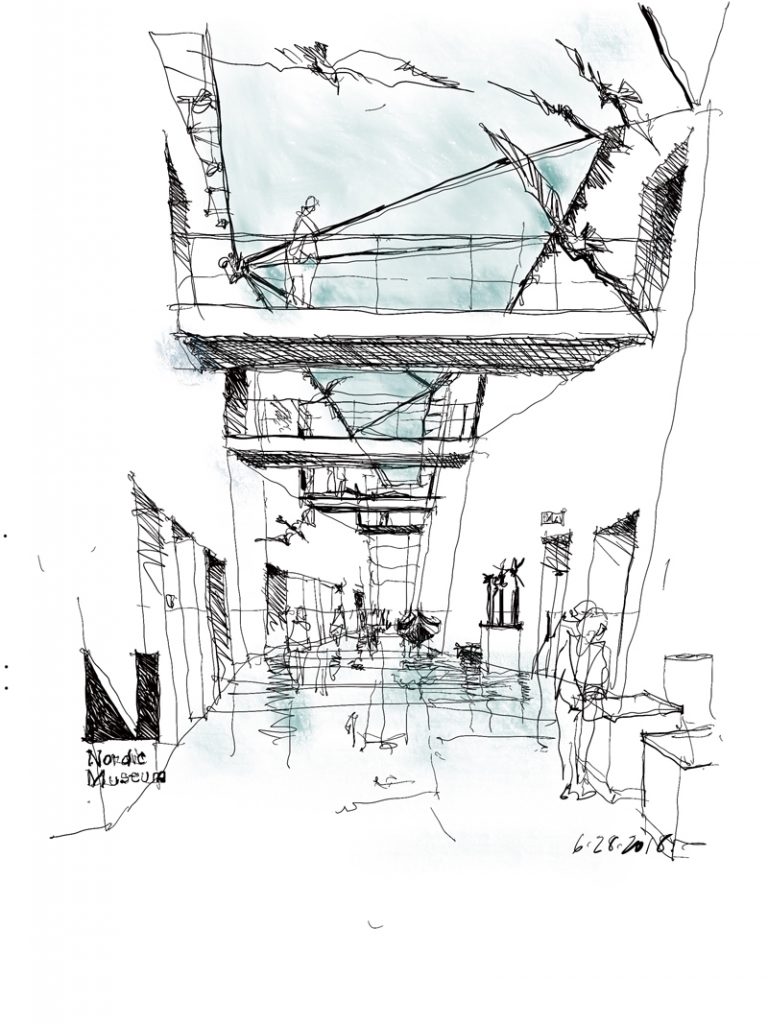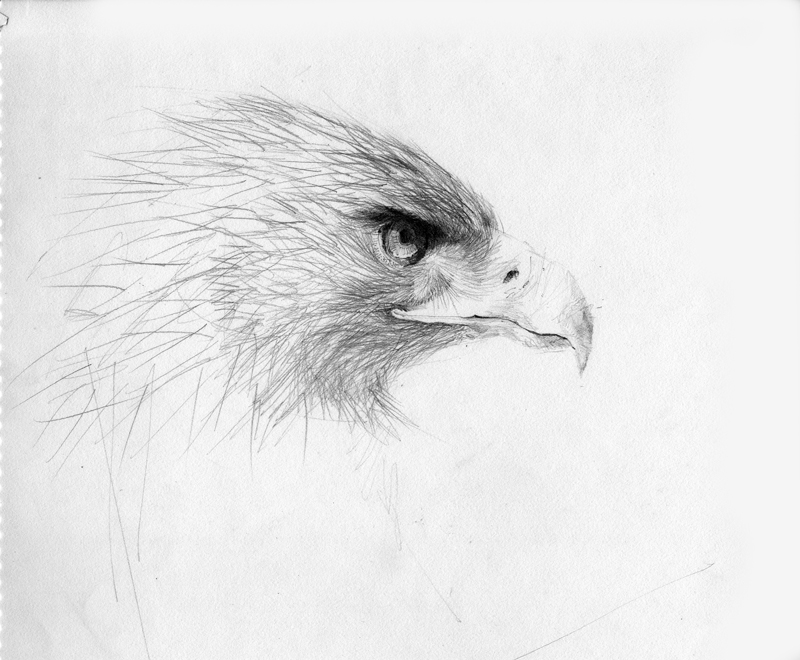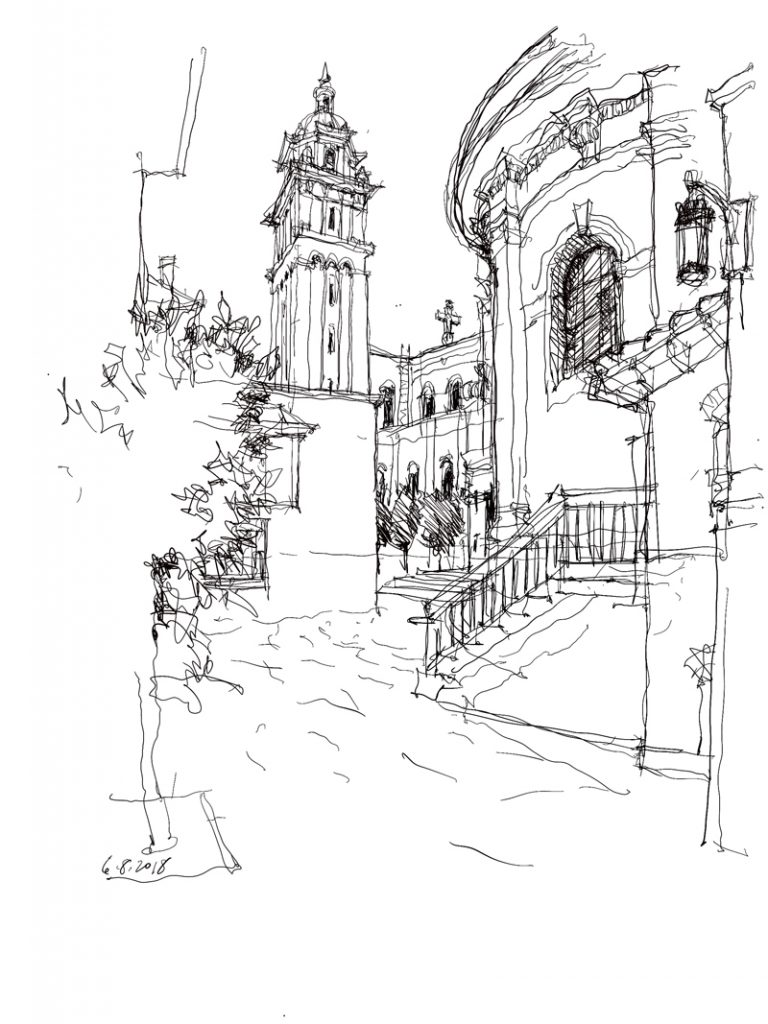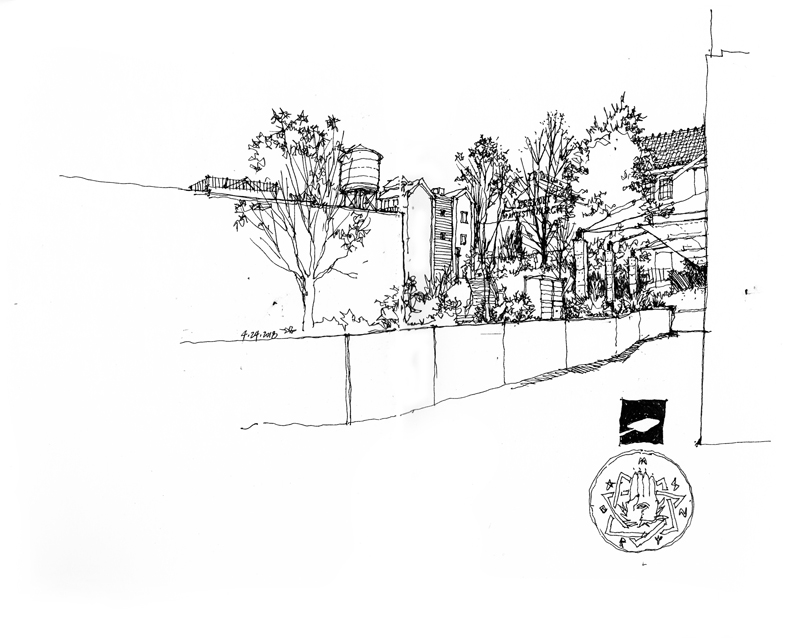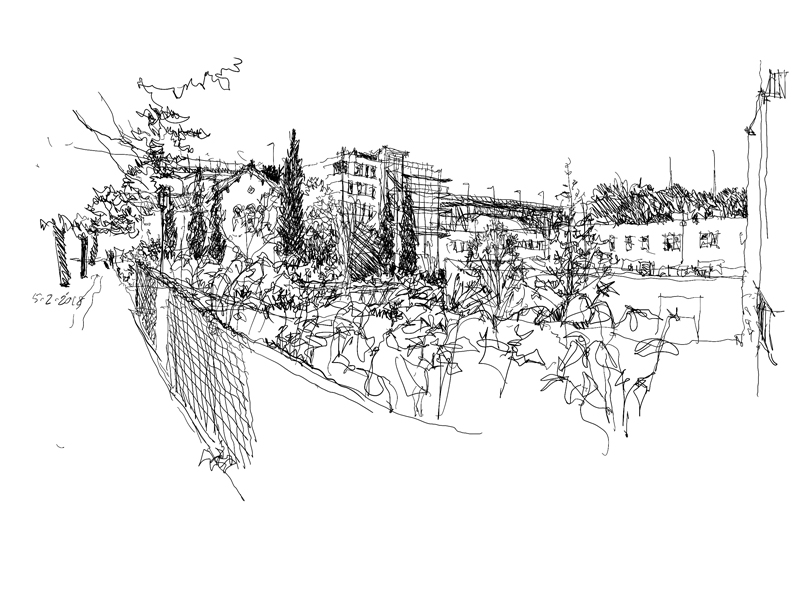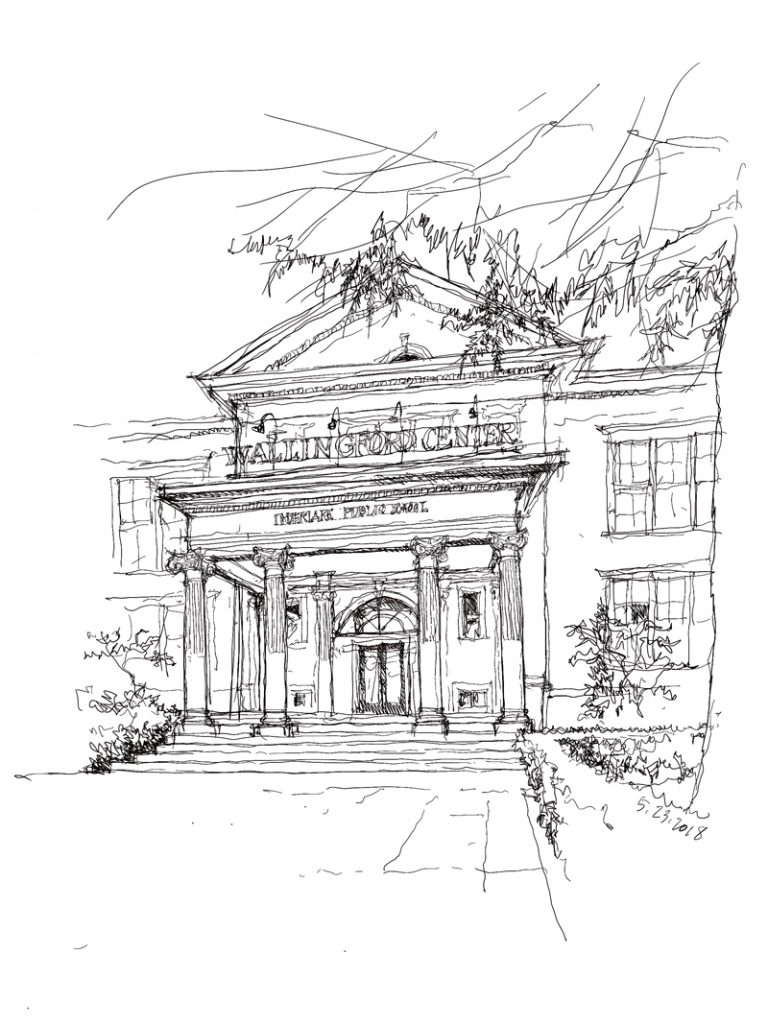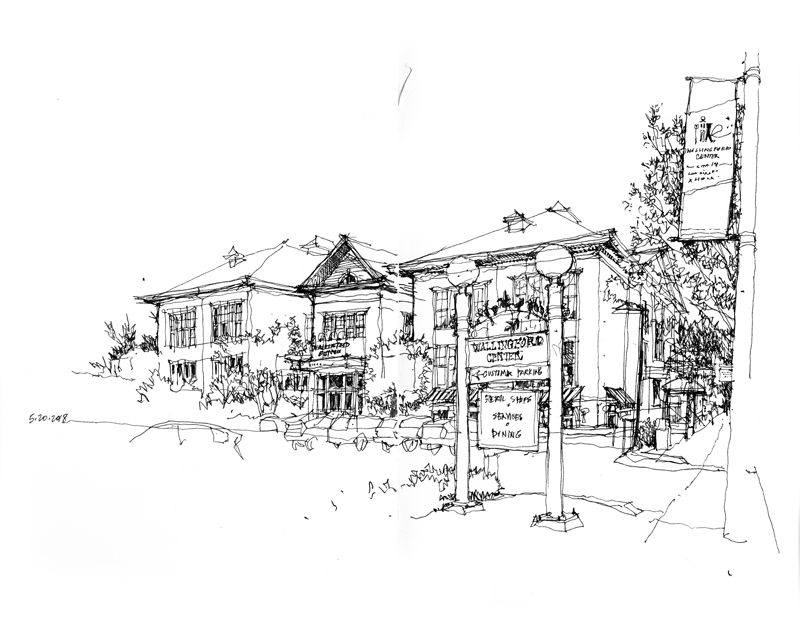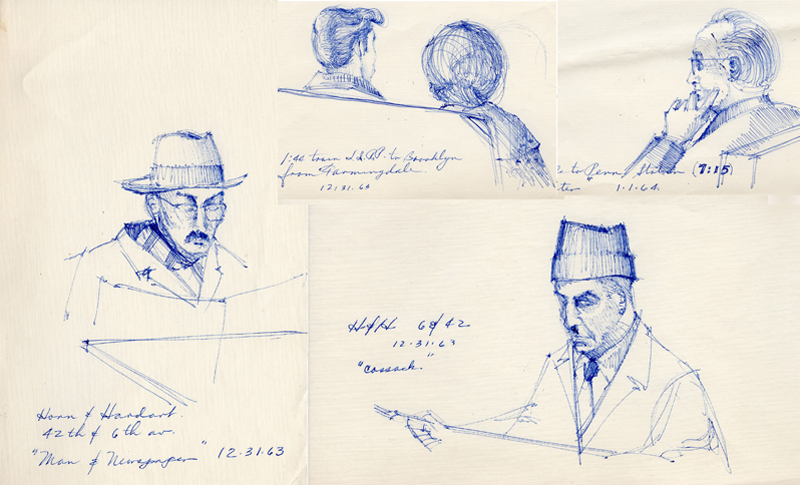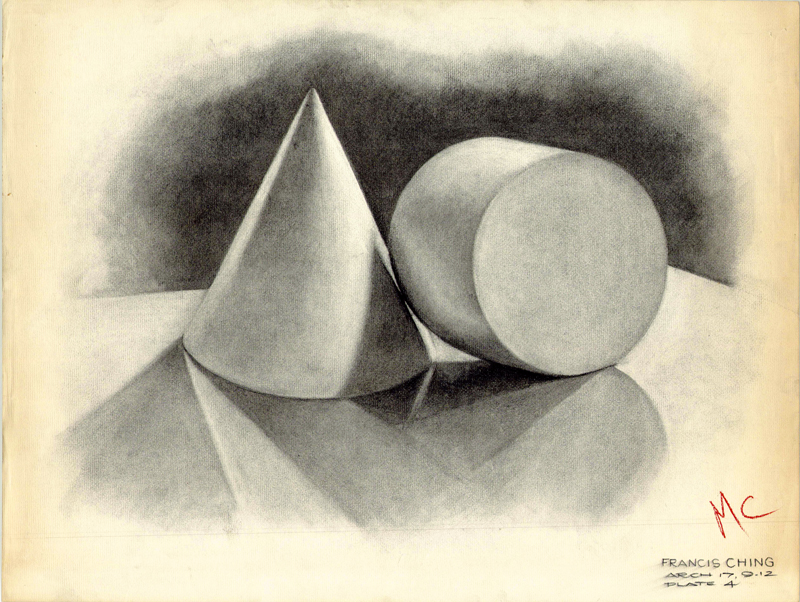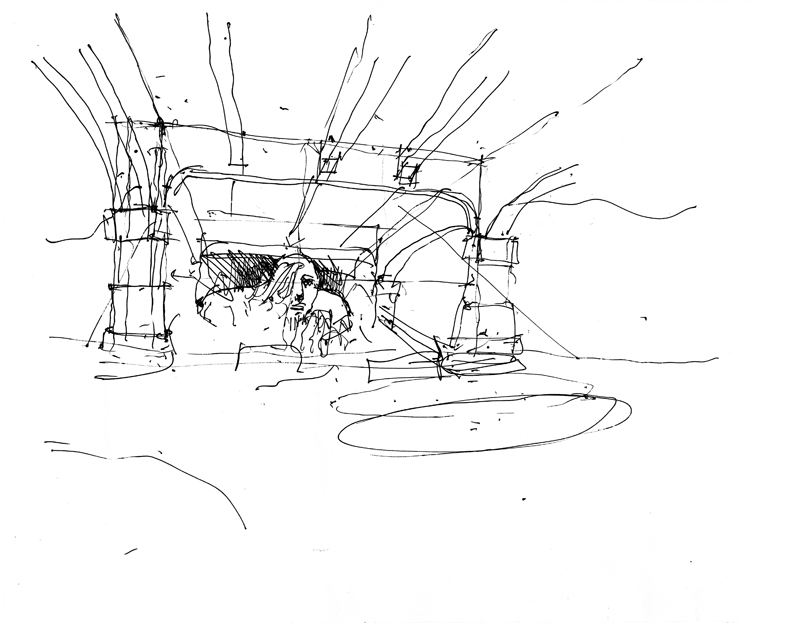Founded in 1980, the Nordic Heritage Museum occupied the former Daniel Webster Elementary School in a residential area of north Ballard before moving to its new home closer to downtown Ballard on May 5, 2018. The architectural firm of Mithun describes the central idea of their design thusly: “The new museum is organized around a linear ‘fjord’ that weaves together stories of homeland and the Nordic American experience. Bridges crossing the fjord intensify the experience of migration, connecting Nordic and Nordic American exhibits. A vertically-striated zinc skin wraps the building exterior; inside, fjord walls are composed of faceted white planes evoking its glacial origins.”
Below is an interior view of Fjord Hall, the central spine, along with a brief video clip of the process.


